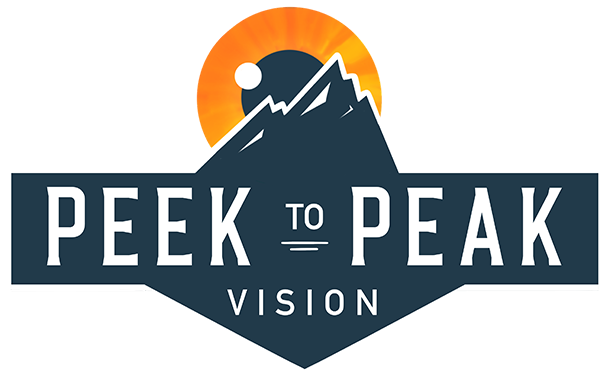
In a previous post, I shared a study showing that 82% of 218 concussion patients had some form of oculomotor dysfunction. The most common issues we see are:
Convergence Insufficiency – difficulty pulling the eyes inward to focus on near objects
Accommodative Insufficiency – inability to sustain focus up close
In more severe cases, patients may experience double or blurry vision. But even subtle cases can lead to symptoms like:
Difficulty focusing or tracking
Eye strain or fatigue
Headaches
Dizziness or nausea
Disorientation, especially in busy environments
Light sensitivity
As I often explain, the strain experienced while trying to focus up close can create symptoms that affect your vision at a distance too.
Here’s why this happens: Your eyes sit at the front of your head, but your brain processes visual information all the way in the back—in the occipital lobe. So when there’s an impact to the head, even a mild one, there’s a chance your visual system is disrupted. I like to describe it like this: imagine throwing a ball of wire against a wall—it’ll probably get tangled. Similarly, a concussion can “tangle” neural connections, making everyday visual tasks harder and less efficient. And while some people heal naturally, others may need help.
Concussions can also leave the body in a sympathetic state—the classic “fight, flight, freeze, or fawn” response. When that system is stuck on, you become hyper-aware of movement in your peripheral vision, while your central vision (which helps you process details) may feel less clear. This forces your brain and eyes to work harder—making more movements just to take in and understand your surroundings. The result? Fatigue, headaches, brain fog, and sensory overwhelm.
If this sounds familiar to you, you're not alone—and you're not stuck. If you resonate with this post, give us a call today!






